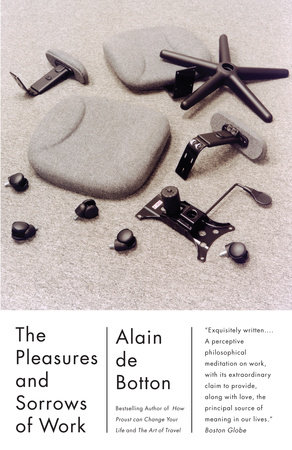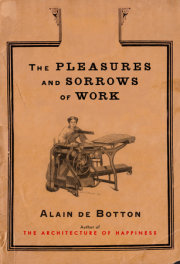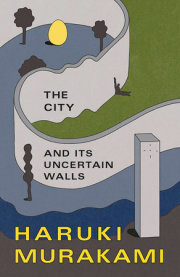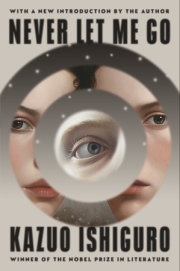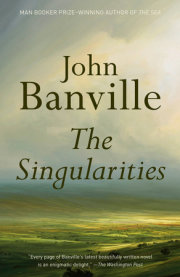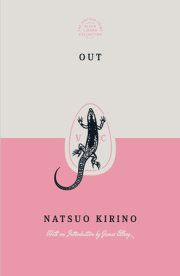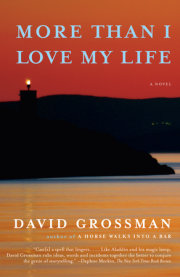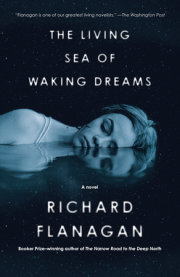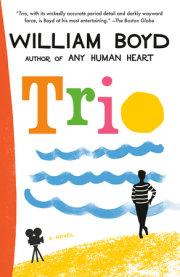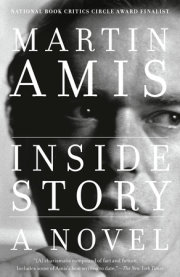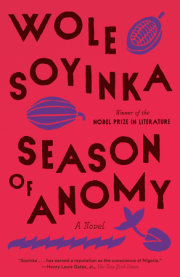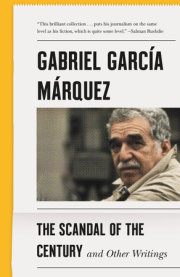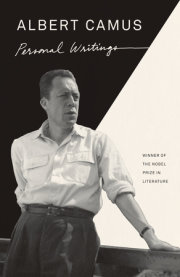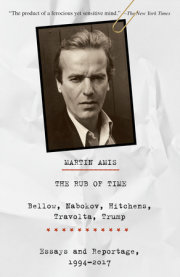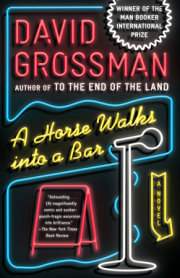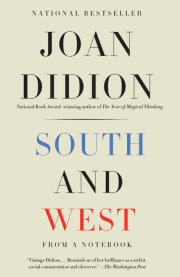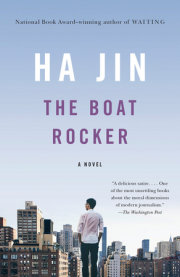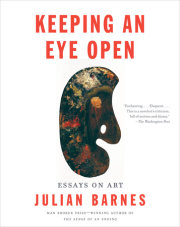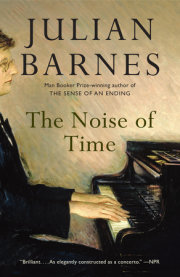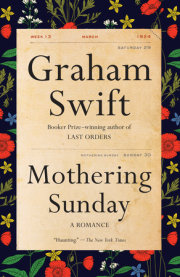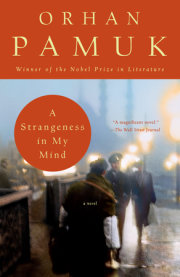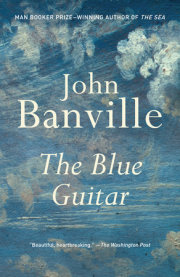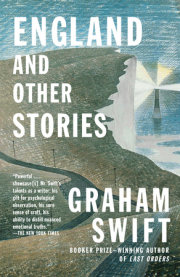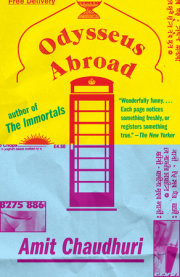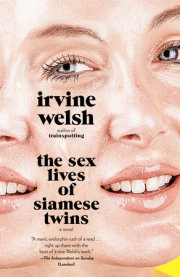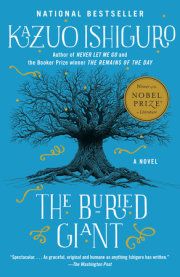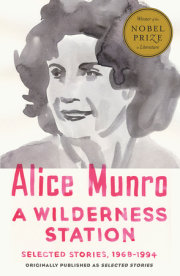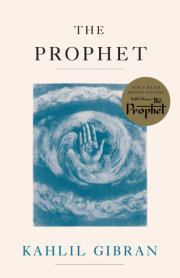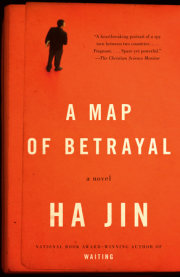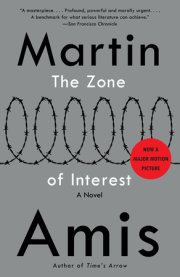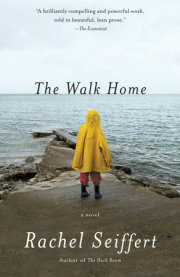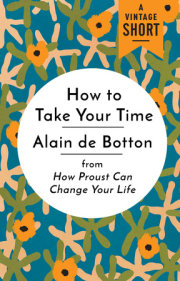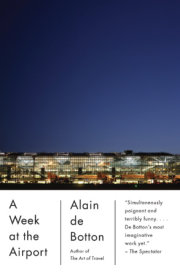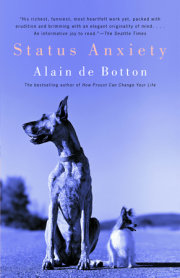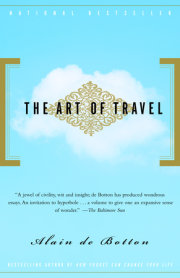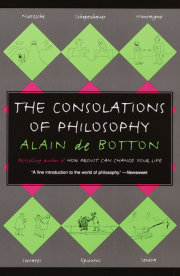1.
Imagine a journey across one of the great cities of the modern world. Take London on a particularly grey Monday at the end of October. Fly over its distribution centres, reservoirs, parks and mortuaries. Consider its criminals and South Korean tourists. See the sandwich- making plant at Park Royal, the airline contract-catering facility in Hounslow, the DHL delivery depot in Battersea, the Gulfstreams at City airport and the cleaning trolleys in the Holiday Inn Express on Smuggler’s Way. Listen to the screaming in the refectory of Southwark Park primary school and the silenced guns at the Imperial War Museum. Think of driving instructors, meter readers and hesitant adulterers. Stand in the maternity ward of St Mary’s Hospital. Watch Aashritha, three and a half months too early for existence, enmeshed in tubes, sleeping in a plastic box manufactured in the Swiss Canton of Obwalden. Look into the State Room on the west side of Buckingham Palace. Admire the Queen, having lunch with two hundred disabled athletes, then over coffee, making a speech in praise of determination. In Parliament, follow the government minister introducing a bill regulating the height of electrical sockets in public buildings. Consider the trustees of the National Gallery voting to acquire a painting by the eighteenth-century Italian artist Giovanni Panini. Scan the faces of the prospective Father Christmases being interviewed in the basement of Selfridges in Oxford Street and wonder at the diction of the Hungarian psychoanalyst delivering a lecture on paranoia and breastfeeding at the Freud Museum in Hampstead.
Meanwhile, at the capital’s eastern edges, another event is occuring which will leave no trace in the public mind or attract attention from anyone beyond its immediate participants, but which is no less worthy of record for that.
The Goddess of the Sea is making her way to the Port of London from Asia. Built a decade earlier by Mitsubishi Heavy Industries in Nagasaki, she is 390 metres long, painted orange and grey and wears her name defiantly, for she makes little attempt to evoke any of the qualities of grace and beauty for which goddesses are traditionally famed, being instead squat and 80,000 tonnes in weight, with a stern that bulges like an overstuffed cushion and a hold stacked high with more than a thousand variously-coloured steel containers full of cargo, whose origins range from the factories of the Kobe corridor to the groves of the Atlas Mountains.
This leviathan is headed not for the better-known bits of the river, where tourists buy ice-creams to the smell of diesel engines, but to a place where the waters are coloured a dirty brown and the banks are gnawed by jetties and warehouses – an industrial zone which few of the capital’s inhabitants penetrate, though the ordered running of their lives and, not least, their supplies of Tango fizzy orange and cement aggregate depend on its complex operations.
Our ship reached the English Channel late the previous evening and followed the arc of the Kent coastline to a point a few miles north of Margate, where, at dawn, she began the final phase of her journey up the lower Thames, a haunted-looking setting evocative both of the primeval past and of a dystopian future, a place where one half expects that a brontosaurus might emerge from behind the shell of a burnt-out car factory.
The river’s ostensibly generous width in fact offers but a single, narrow navigable channel. Used to having hundreds of metres of water to play with, the ship now advances gingerly, like a proud creature of the wild confined to a zoo enclosure, her sonar letting out a steady sequence of coy beeps. Up on the bridge, the Malaysian captain scans a nautical chart, which delineates every underwater ridge and bank from Canvey Island to Richmond, while the surrounding landscape, even where it is densest with monuments and civic buildings, looks like the ‘terra incognita’ marked on the charts of early explorers. On either side of the ship, the river swirls with plastic bottles, feathers, cork, sea-smoothed planks, felt-tip pens and faded toys.
The Goddess docks at Tilbury container terminal at just after eleven. Given the trials she has undergone, she might have expected to be met by a minor dignitary or a choir singing ‘Exultate, jubilate’. But there is a welcome only from a foreman, who hands a Filipino crew member a sheaf of customs forms and disappears without asking what dawn looked like over the Malacca Straits or whether there were porpoises off Sri Lanka.
The ship’s course alone is impressive. Three weeks earlier she set off from Yokohama and since then she has called in at Yokkaichi, Shenzhen, Mumbai, Istanbul, Casablanca and Rotterdam. Only days before, as a dull rain fell on the sheds of Tilbury, she began her ascent up the Red Sea under a relentless sun, circled by a family of storks from Djibouti. The steel cranes now moving over her hull break up a miscellaneous cargo of fan ovens, running shoes, calculators, fluorescent bulbs, cashew nuts and vividly coloured toy animals. Her boxes of Moroccan lemons will end up on the shelves of central London shops by evening. There will be new television sets in York at dawn.
Not that many consumers care to dwell on where their fruit has come from, much less where their shirts have been made or who fashioned the rings which connect their shower hose to the basin. The origins and travels of our purchases remain matters of indifference, although – to the more imaginative at least – a slight dampness at the bottom of a carton, or an obscure code printed along a computer cable, may hint at processes of manufacture and transport nobler and more mysterious, more worthy of wonder and study, than the very goods themselves.
2.
The Goddess of the Sea is only one of dozens of ships making their way up the Thames on this October day. A Finnish vessel arrives from the Baltic Sea, laden with rolls of paper the width of railway tunnels, destined to feed the chattering presses of Wapping and West Ferry. A freighter sits low in the water next to Tilbury power station, weighed down by 5,000 tonnes of Colombian coal – enough fuel to fire the kettles and hairdryers of eastern England until the New Year.
At a quayside, a car transporter opens its heavy-jawed cargo doors to emit three thousand family saloons which have spent twenty days at sea since leaving their assembly plant at Ulsan, on the Korean peninsula. These near-identical Hyundai Amicas, smelling of newly minted plastic and synthetic carpet, will bear witness to sandwich lunches and arguments, love-making and motorway songs. They will be driven to beauty spots and left to gather leaves in school car parks. A few will kill their owners. To peer inside these untouched vehicles, their seats wrapped in brown paper printed with elegant and cryptic Korean entreaties, is to have a feeling of intruding on an innocence more normally associated with the slumber of new-borns.
But the port shows little interest in lyrical associations. Around Tilbury, the shipping companies present their services bluntly from within their smoked-glass headquarters. To reassure and seduce their clients, they imply that their vessels’ journeys – even those which involve rounding the Cape of Good Hope in winter, or shouldering thirty jet engines across the Pacific – have all the mundanity of a ride between adjoining stations on an Underground line.
Nevertheless, no quayside can ever appear entirely banal, because people will always be minuscule compared to the great oceans and the mention of faraway ports will hence always bear a confused promise of lives unfolding there which may be more vivid than the ones we know here, a romantic charge clinging to names like Yokohama, Alexandria and Tunis – places which in reality cannot be exempt from tedium and compromise, but which are distant enough to support for a time certain confused daydreams of happiness.
3.
In truth, the ships’ destination is not a single, cohesive port but rather a loose conjunction of terminals and factories untidily lining a stretch of the Thames between Gravesend and the Woolwich ferry. It is here that vessels slip in continuously, during humid summers and fog-bound winters, night and day, to deliver the bulk of London’s gravel and its reinforced steel, its soya beans and coal, its milk and its paper pulp, the sugar cane for its biscuits and the hydrocarbons for its generators – an area as noteworthy as any of the museums of the city, but about which the guidebooks are always silent.
Numerous factories are situated on the very bank of the river, close enough to scoop or suck raw materials directly from the holds of ships, and are at work producing some of the less celebrated ingredients behind the smooth functioning of our utilitarian civilisation: the polyols added to toothpaste to help it retain its moisture, the citric acid used to stabilise laundry detergent, the isoglucose to sweeten cereal, the glyceryl tristearate to make soap and the xanthan gum to ensure the viscosity of gravy.
In charge of these processes are engineers who have successfully stamped out their natural laziness to master the austere dilemmas of chemistry and physics, people who may have spent twenty years specialising in the storage of flammable solvents or the reaction of wood pulp to water vapour – and in their leisure time, leaf through the
Hazardous Cargo Bulletin, the world’s only monthly magazine dedicated to the safe handling and transport of oils and chemicals.
However inhuman the facilities of the port might seem in scale, it is in the end only our own personal and prosaic appetites that have created them. A river-side factory, with tubes like a hydra’s tentacles snaking around its midriff and crowned by a chimney wheezing orange smoke, is responsible for nothing more sinister or esoteric than the manufacture of cheddar biscuits. A tanker has crossed the muddy-brown North Sea from Rotterdam carrying carbon dioxide with which to make bubbles for children’s lemonade. The steely grey box of the Kimberly-Clark factory at Northfleet, eight storeys high and large enough to shelter an aircraft carrier, is turning out cartons of two-ply toilet roll. It is our collective tastes for sweets and nuts, drinks and tissues which has summoned ships from distant continents and thrown up industrial towers vying with the dome of St Paul’s.
So arcane are the operations around the port that no single person could ever hope to grasp more than a fragment of their totality. A ship’s captain may enjoy superlative command over the contours of the lower Thames, but no sooner has his vessel docked than he will be relegated to the status of an apprentice observer of the business of jetty engineering and the long-term refrigeration of citrus fruit – his jurisdiction ending as abruptly as the authority of his nautical chart.
However, any sadness we might feel about the demise of the generalist can be offset by the recognition that our age offers us access to unimpeachable masters of specific trades, for example, the storage of bitumen or the construction of ship-loading conveyors – in itself as comforting as the thought that there exist professors of medicine concentrated solely on the workings of human liver enzymes, or that at any time, several hundred scholars across the world are investigating nothing but the later Merovingian period of Frankish history, writing up their findings for the Zeitschrift für Archäologie des Mittelalters, an academic journal published by the humanities department at the University of Tübingen.
The drift toward specialisation exists at the mechanical level too. The port area is filled with machines unavailable to the general public, which have none of the flexibility, but then again none of the dilettantish weaknesses, of generic conveyances like lorries and vans. They resemble peculiar-looking animals whose isolated habitats have rewarded the emergence of strange talents – the ability to suck beetles out of mud through one’s nose, for instance, or to hang upside down above an underground river – while forgiving a lack of more pedestrian skills. The R30XM2 lift-truck built by the Hyster Corporation of Cleveland, Ohio, may have a top speed of just five kilometres an hour, but in the restricted context of a warehouse, it skims gracefully along concrete floors and exhibits a balletic agility in extricating rolls of paper from the top shelves on either side of a tight aisle.
It seems natural to admire the patience and nerves of those who have put up the money to build these limbs of industry, for example, the two hundred and fifty million dollars required merely to dip the keel of a trans-Pacific container ship into the water. The investors know that there is nothing implausible or hubristic in their appropriating the life savings of a nation’s postmen or nurses and then betting those sums on the financing of warehouses in Panama and back offices in Hamburg. They can let their funds disappear out of sight for a decade or more, leave them in the hands of captains and first officers, allow them to cross the Tropics of Capricorn and Cancer, sail the Long Island Sound and the Ionian Sea, dock in the container ports of Aden and Tangiers, confident that their investment will eventually sluice back to them swollen with the rewards of patience and application. They know that their outlay is in truth a form of prudence and incomparably less dangerous than leaving the money under the bed, to the eventual impoverishment and ruination of all.
4.
Why, then, endowed as they are with both practical importance and emotional resonance, do the cargo ships and port facilities go unnoticed, except by those immediately involved in their operations?
It is not just because they are hard to locate and forbiddingly signposted. Some of Venice’s churches are similarly secreted away but nonetheless prodigally visited. What renders the ships and ports invisible is an unwarranted prejudice which deems it peculiar to express overly powerful feelings of admiration towards a gas tanker or a paper mill – or indeed towards almost any aspect of the labouring world.
Yet not everyone has been dissuaded. At the end of a pier in Gravesend, five men are standing together in the rain. They are dressed in waterproof plastic jackets and heavy-soled boots. They are silent and intent, looking out at the mist-cloaked river. They are tracking a shape, which they know from their timetables to be the
Grande Nigeria. They also know that she is bound for Lagos, that her hold is filled with Ford parts for the African market, that she is powered by two Sulzer 900 diesel engines and that she measures 214 metres from stem to stern.
Copyright © 2009 by Alain De Botton. All rights reserved. No part of this excerpt may be reproduced or reprinted without permission in writing from the publisher.

